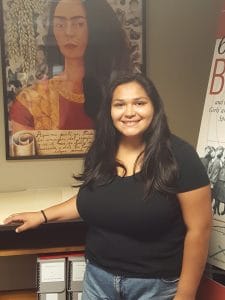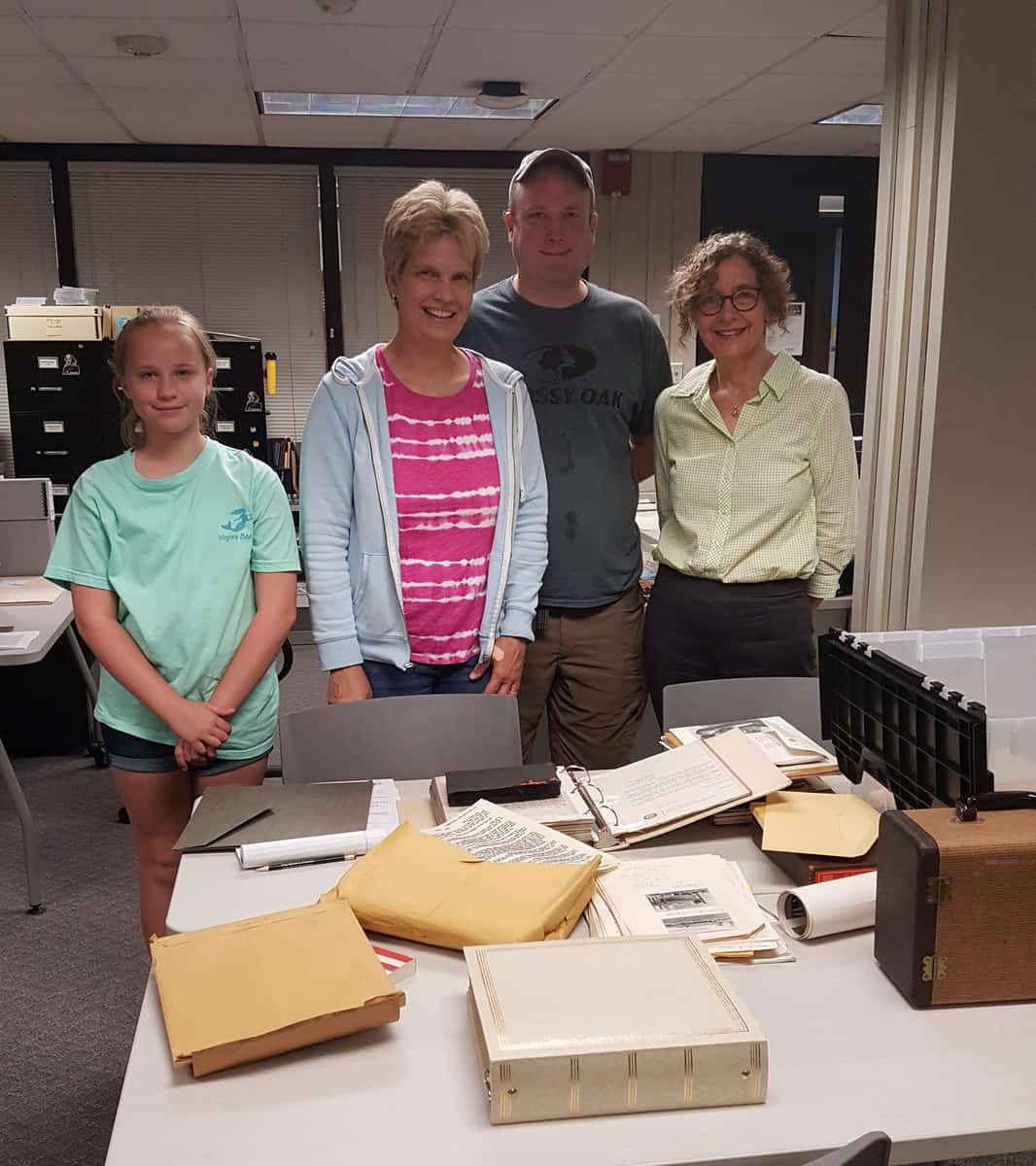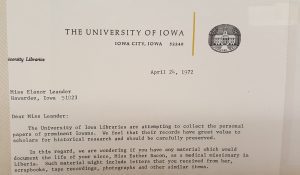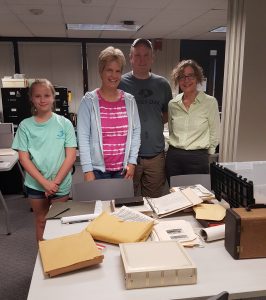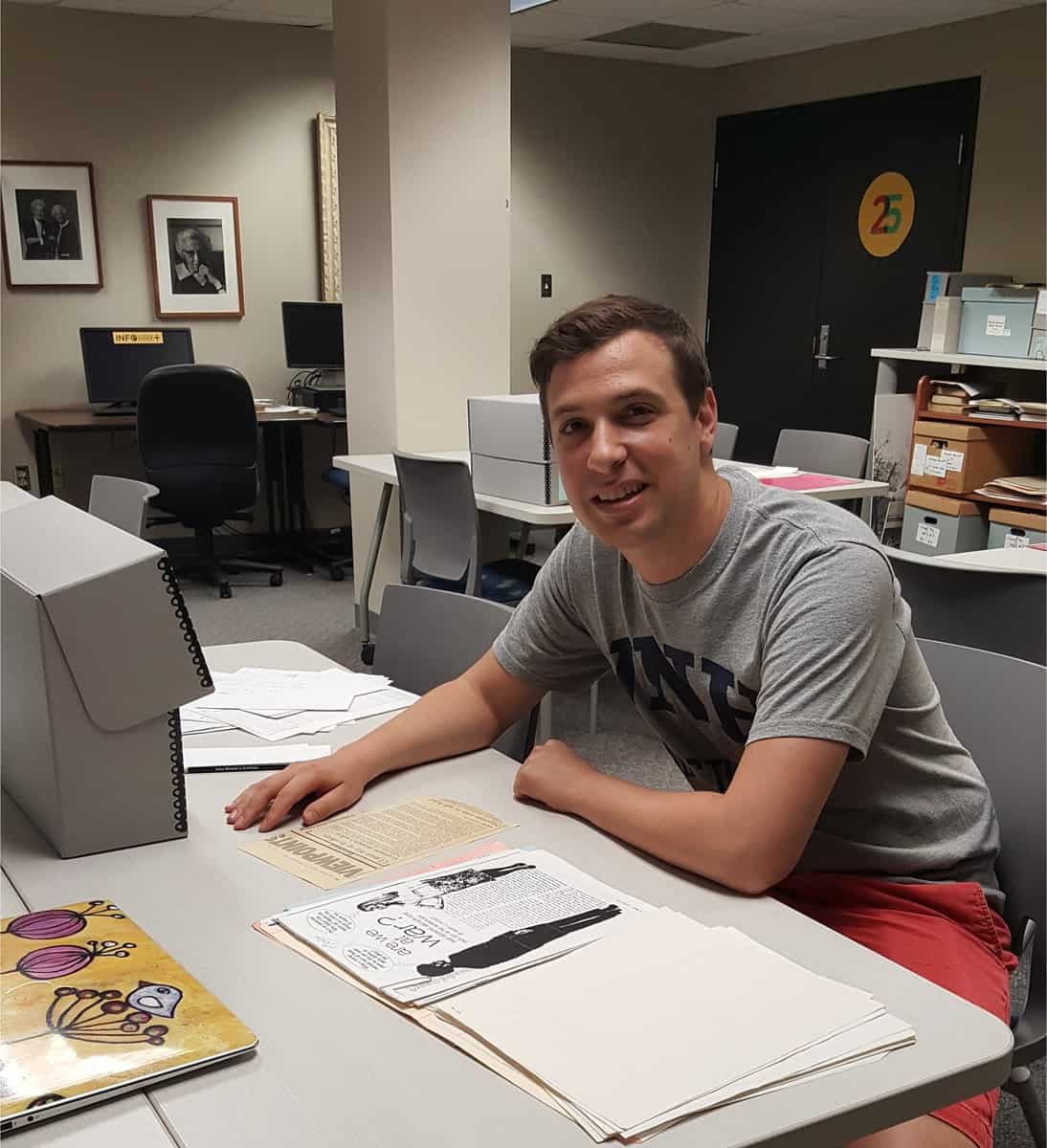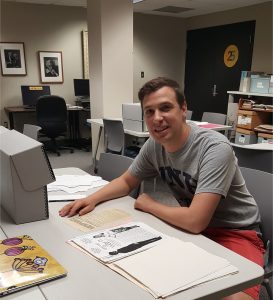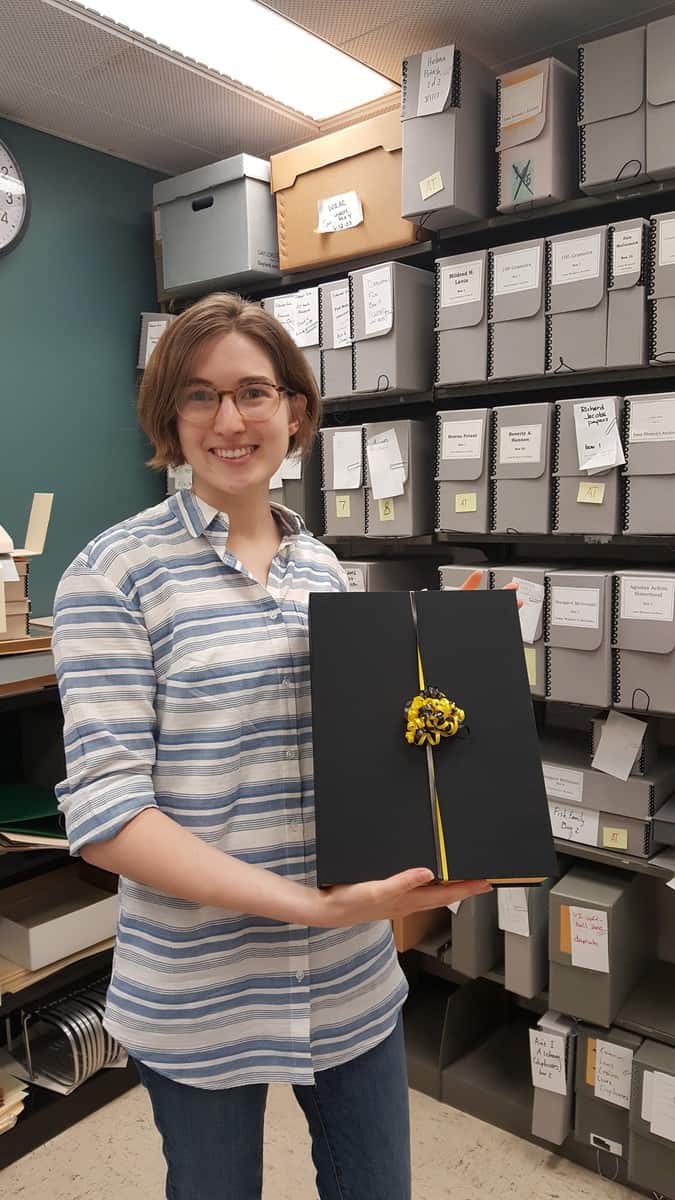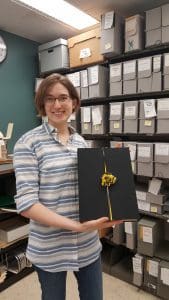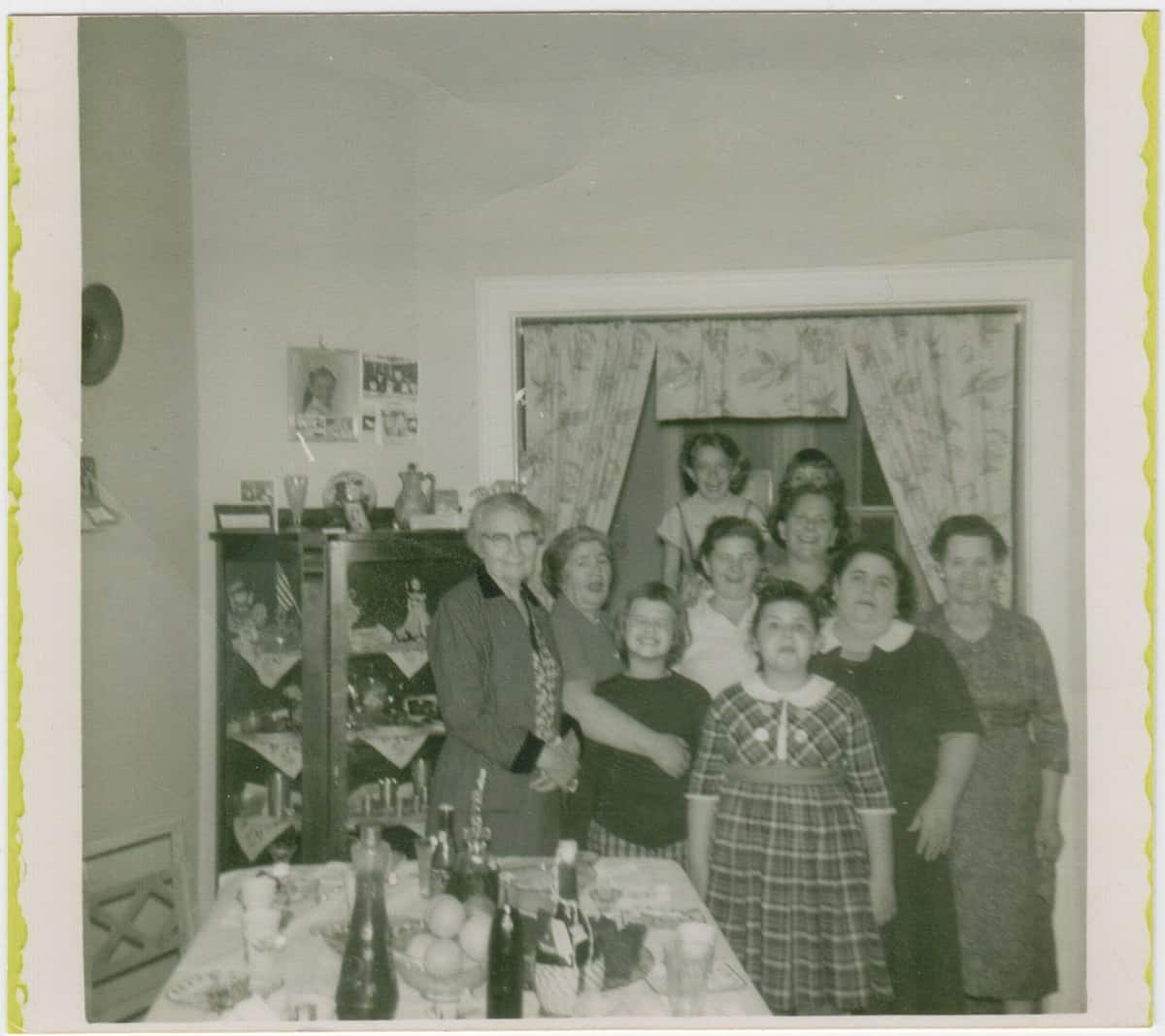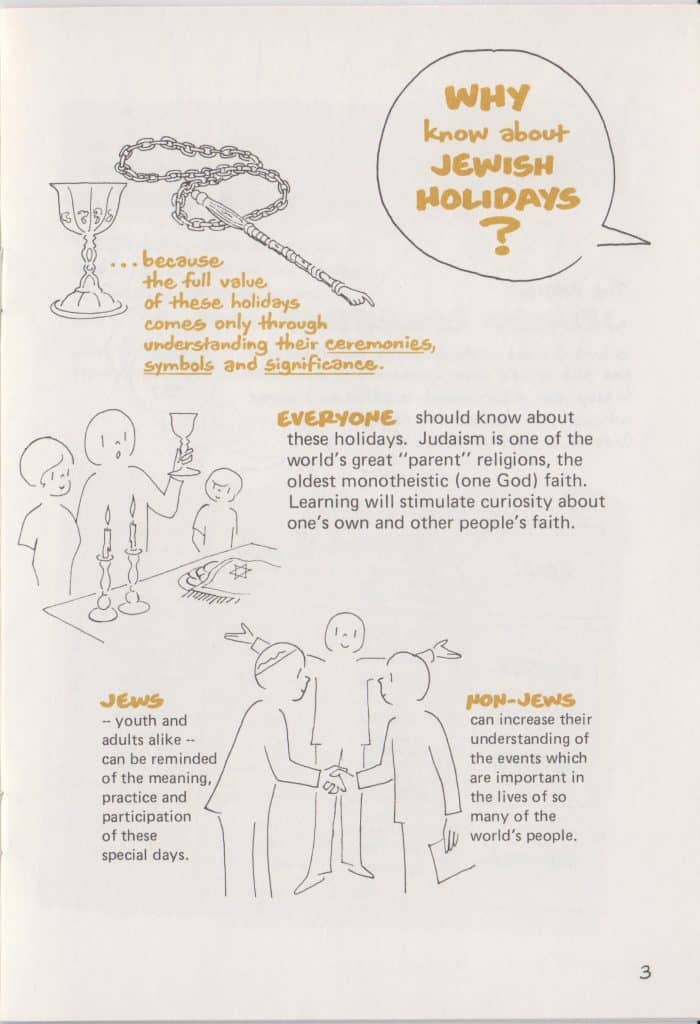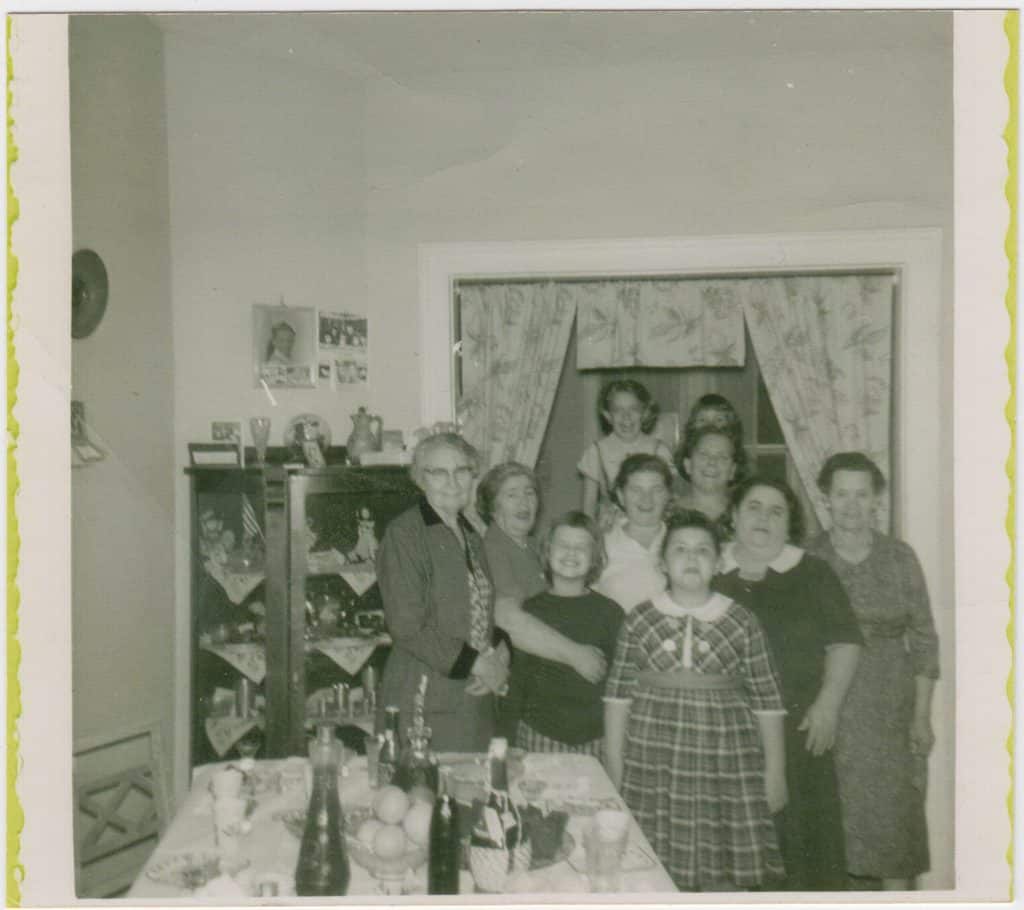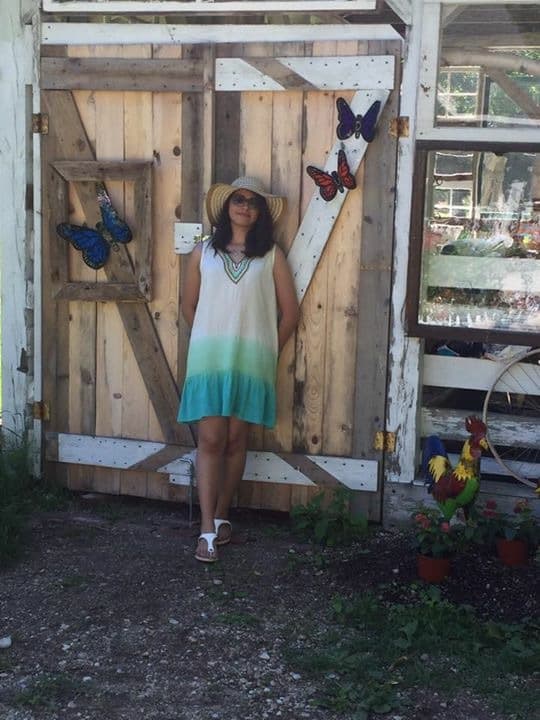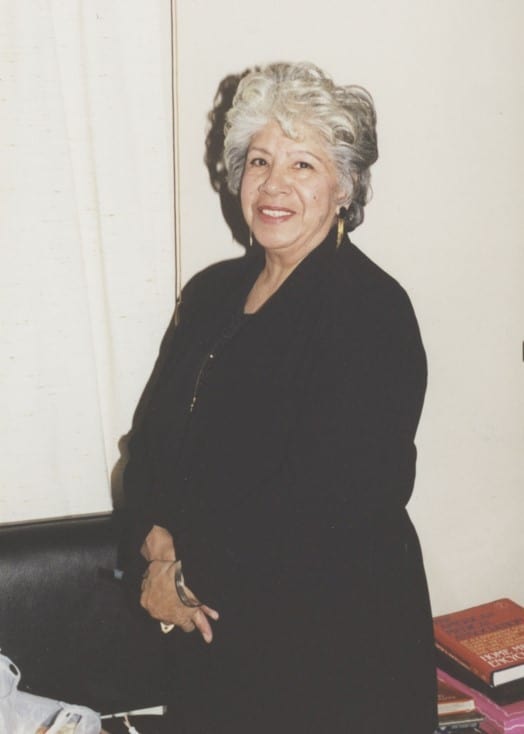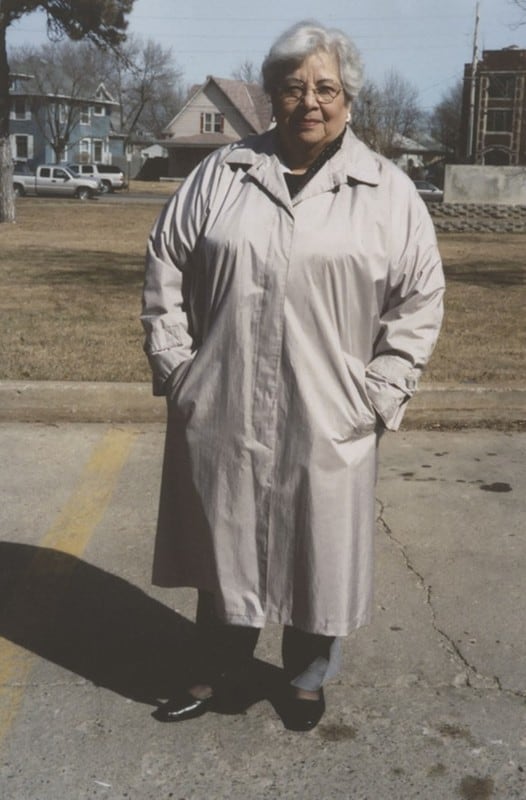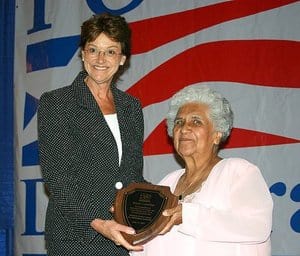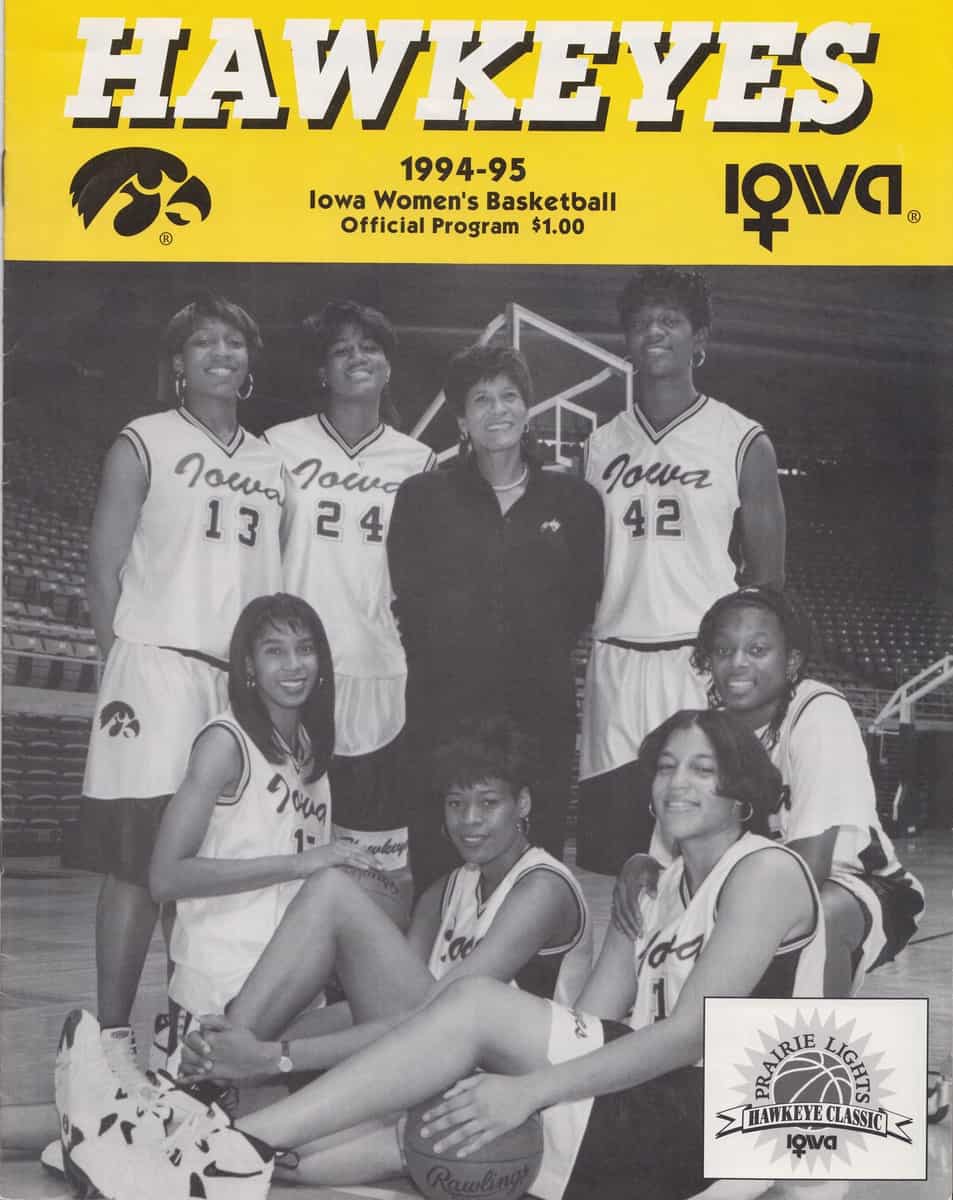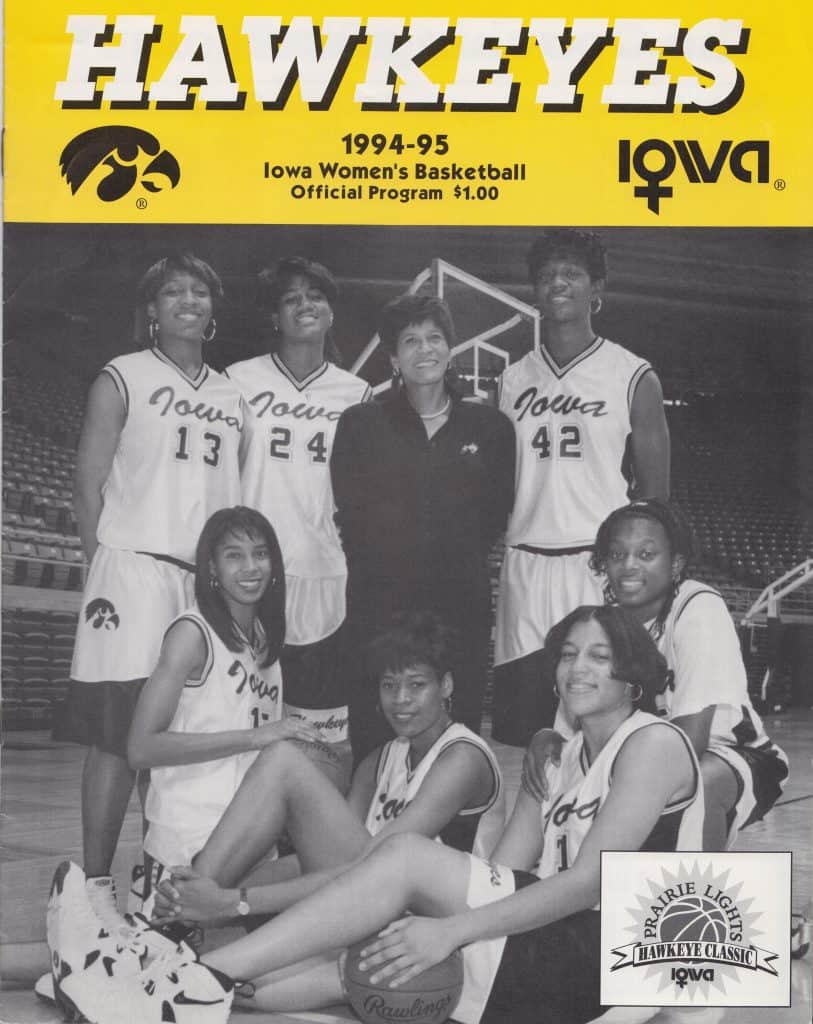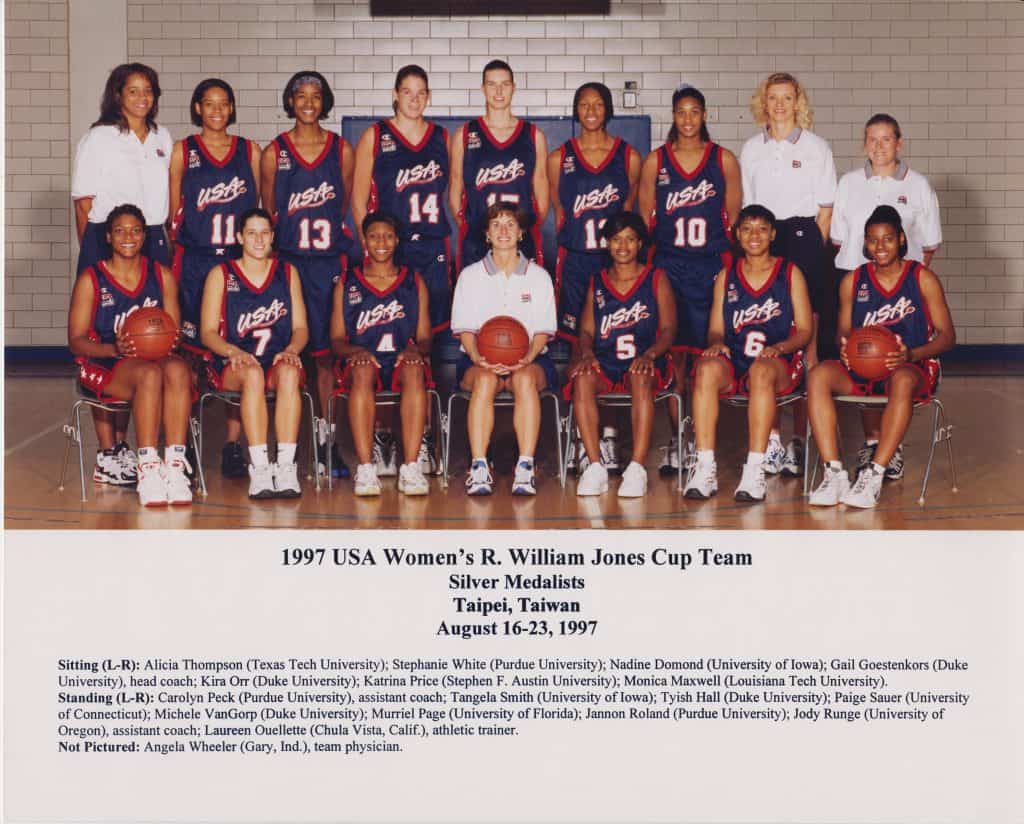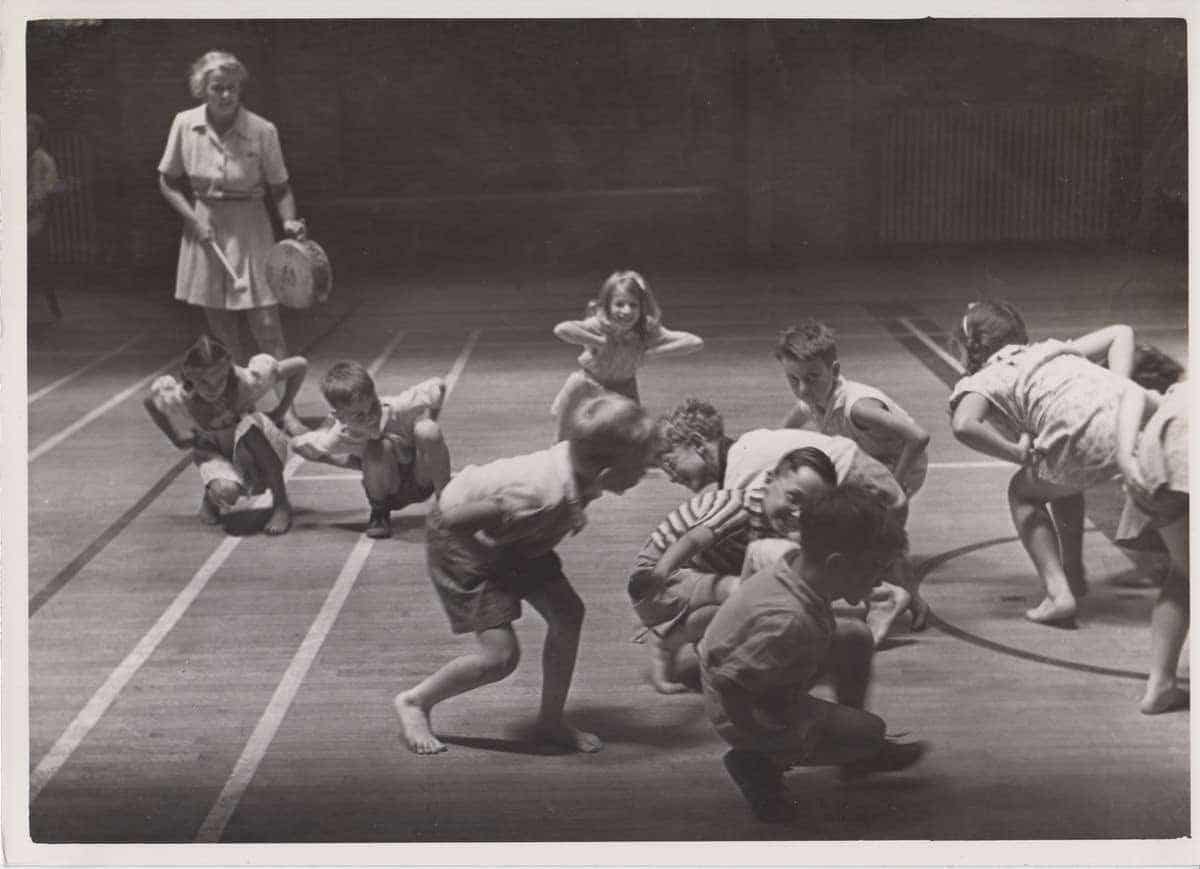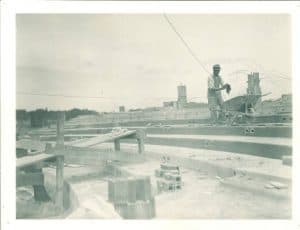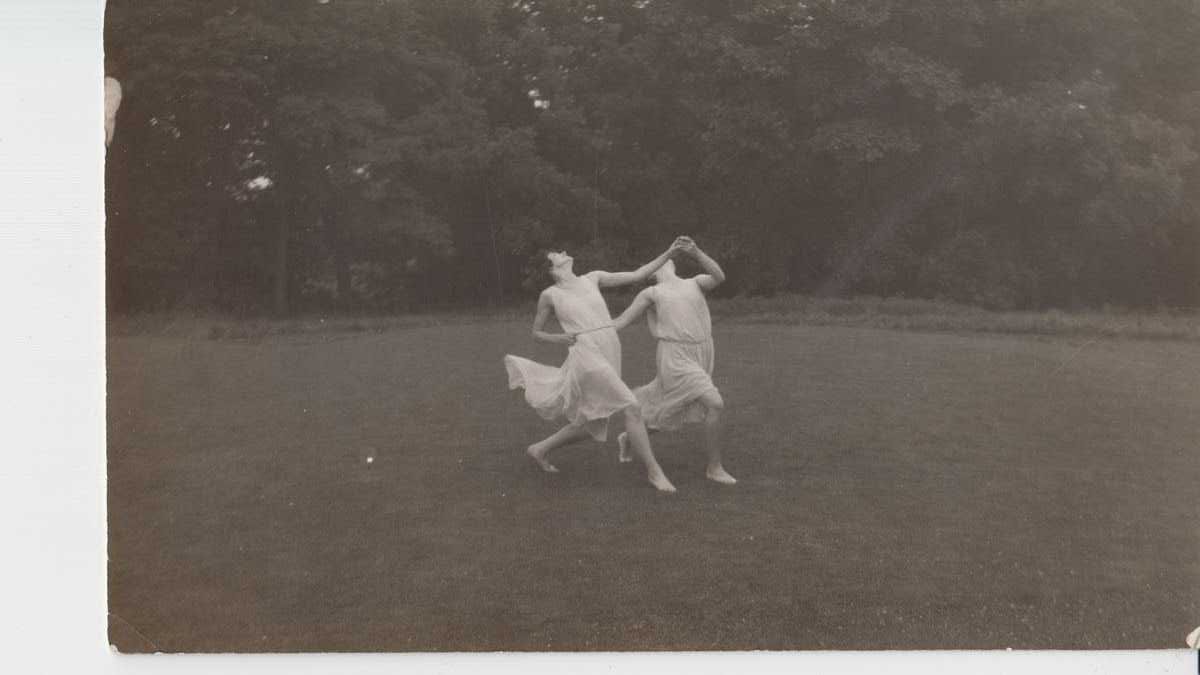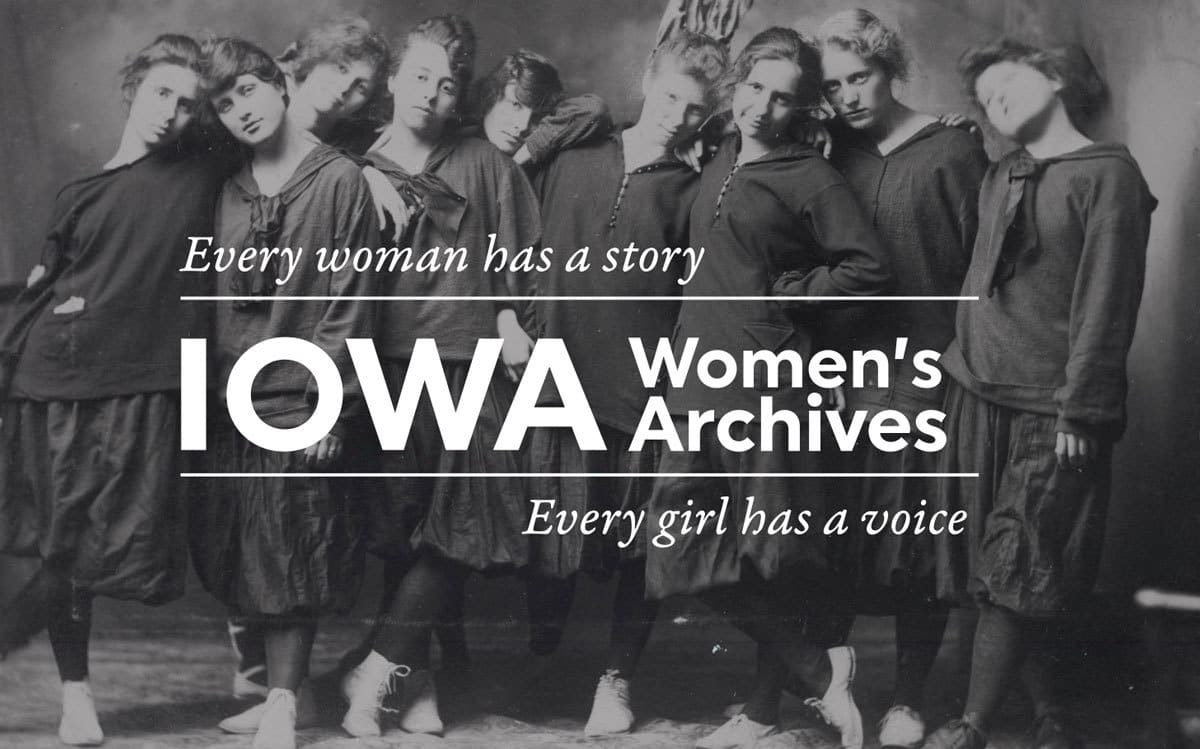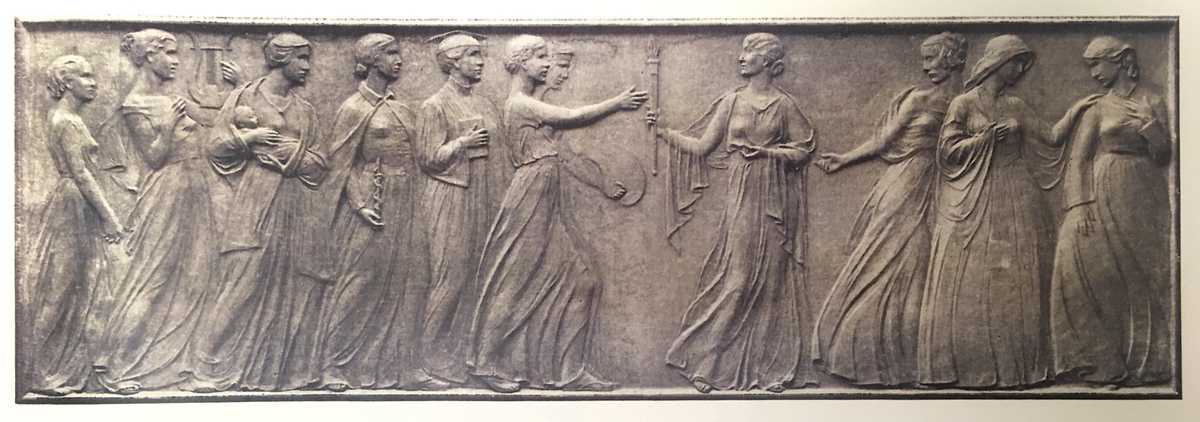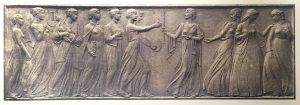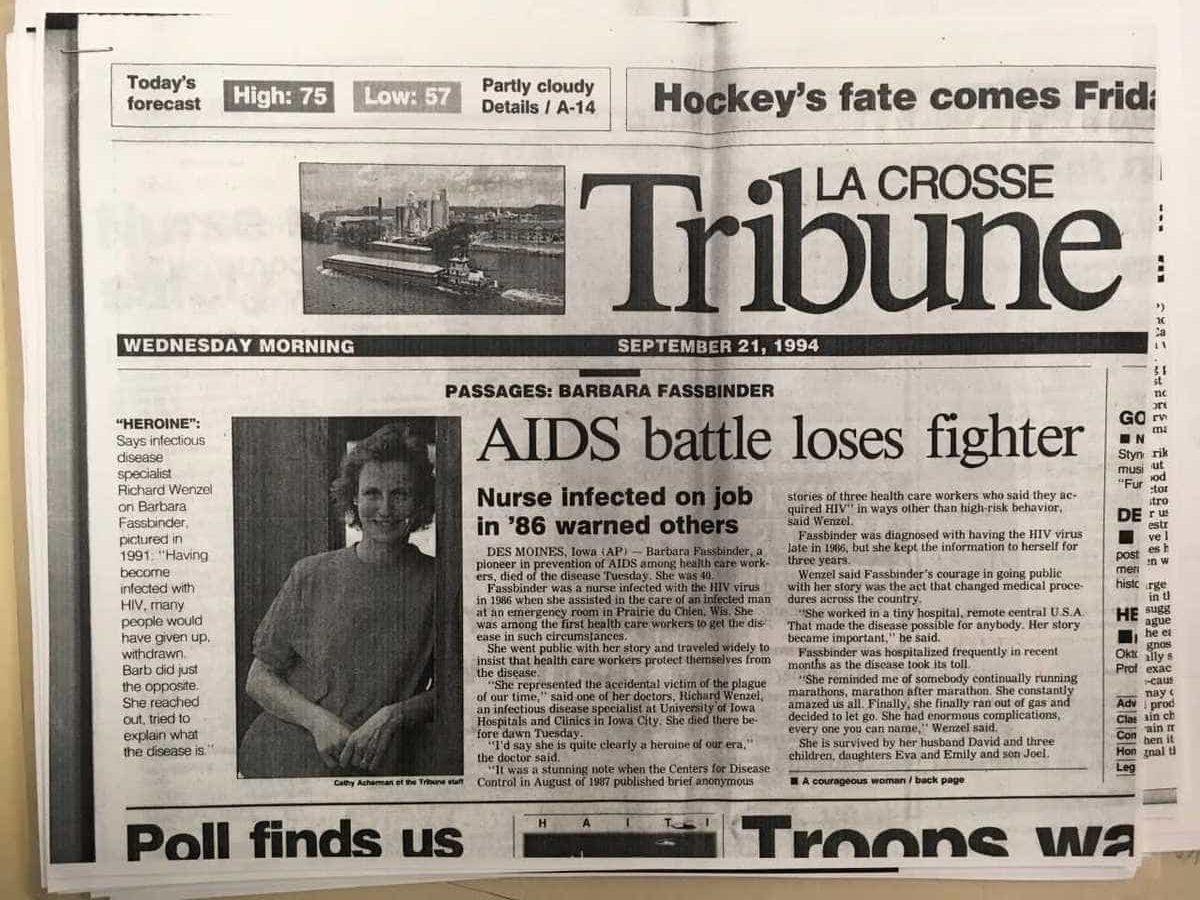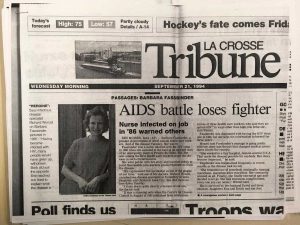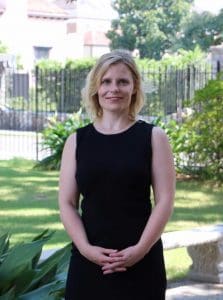Maritza Lopez- Campos joined the IWA student staff to work on the Mujeres Latinas Project. Since then she’s learned about processing, written finding aids, and been an invaluable member of the team at several 25th anniversary events. We’re all wishing her the best as she leaves the archives and begins her career in social work! Here is Maritza’s reflection on her time at IWA:
“I am very grateful to have spent a year and a half working with the amazing individuals at the Iowa Women’s Archives. I was mostly involved with the Mujeres Latinas project, but I found myself also working with other materials and at various events, including the Feminist Reunion in 2017. On one special occasion, I found an album with newspaper clippings about a friend I made during my first job at a retirement home in Sioux City, IA. The Iowa Women’s Archives connected me with people whose lives had much in common with mine. As a Latina, I found similarities between the oral histories I reviewed and transcribed and the story of my family as they navigated a new home country. My hope for these materials is that others will also know women have been persevering for many, many centuries. What I will miss most about IWA is the tranquility inside the archives and working with my caring colleagues.”
Thank you, Maritza, for all of your hard work, and good luck in your future career!

